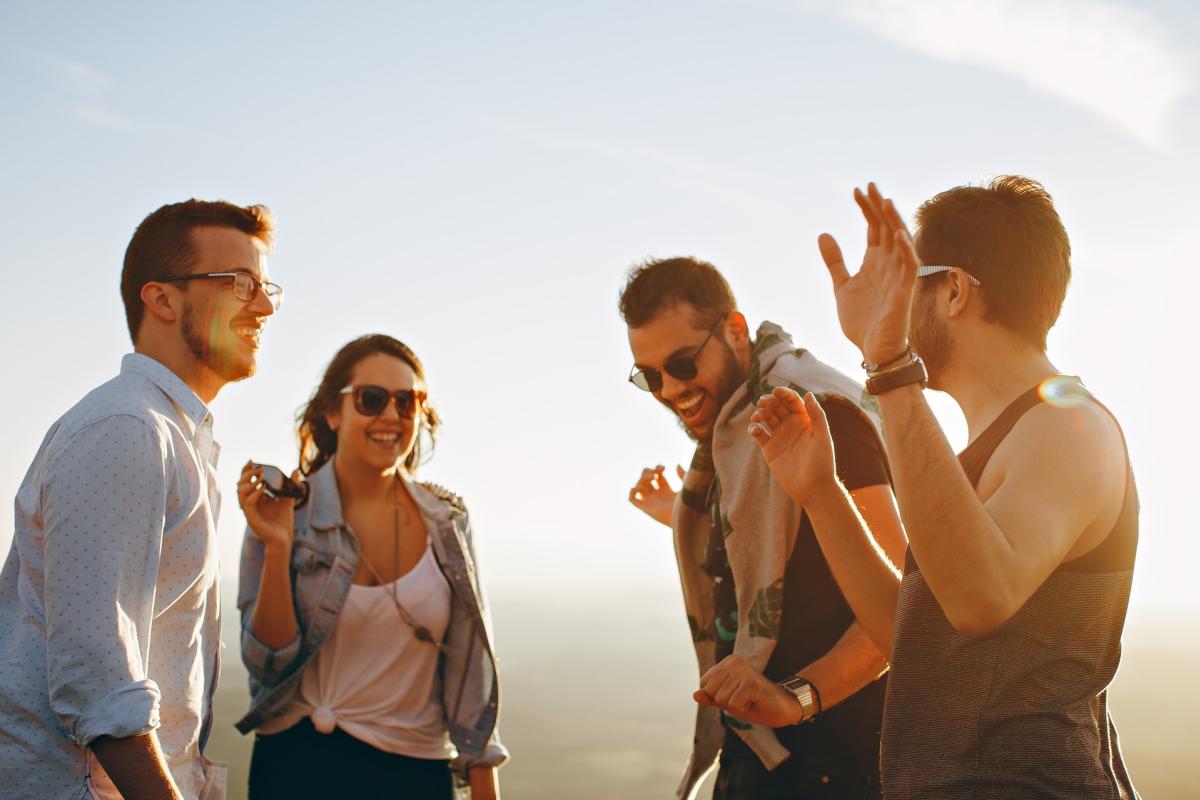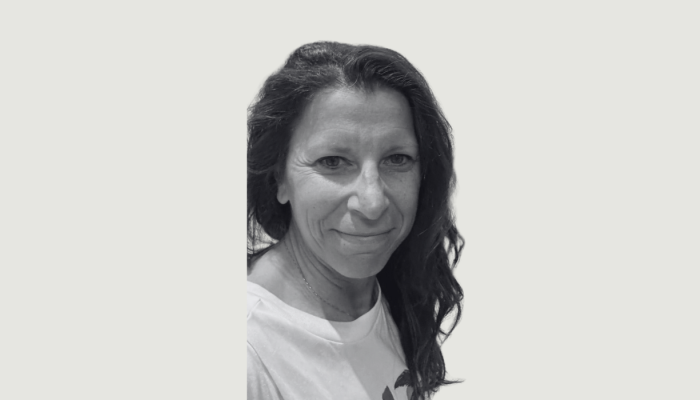As we welcome in the new year it feels like the perfect time to contemplate what we can expect from 2019. Livity is a creative youth network, which means I’m lucky enough to spend most of my time immersed in the worlds of young people. This is great because not only does it keep me feeling young, it also offers me insight into what those with their fingers on the pulse of change think are the things to watch out for. I’ve picked four big themes that I think are worth you being well aware of if you want to successfully communicate with young people throughout 2019.
1. Representation
The topic of diversity and inclusion has gained significant coverage over the last 12 months and in particular, at Livity we have seen a marked shift in how young people today view representation. We’ve spent the last 18 years working directly with young people and can say with confidence that for millennials there was a recognition of others and what made them diverse but with Gen Z, they are actively seeking diversity out. Gen Z are a generation for whom diversity is the norm meaning that what they notice is not diversity but the lack of it.
In 2018 diversity and inclusion gained more prominence in the world of marketing and communications as brands looked to connect with a range of audiences. Some missed the mark being called out for inappropriate appropriation and young people felt the media and brands were misrepresenting not only their experiences but those from diverse backgrounds. In fact, survey data shows that 42% of young people believe it’s negative when brands introduce cultural diversity into their campaigns because they’re using or misrepresenting a community.
Representation is an incredibly nuanced experience, certainly more so than it tends to be portrayed in communications. It is not just the colour of someone’s skin or their religion or gender. It’s all of those elements combined and more. The musician and activist Akala brilliantly talks about this when explaining how young white boys from inner city Glasgow have more in common with young black males than the average white man. It is the entire lived experience that makes diversity what it is. Simply put, brands and media need to be careful when using experiences that aren’t theirs - even when the intentions are good.
So while representation is not a trend (and should never be considered a trend) I predict that this year will see a re-evaluation of the role it plays in communications. There will be more consideration given to what it really means and this will hopefully see a move away from box ticking to something that better understands and reflects the lived experience that comes with diversity. By doing this you will be able to better build those all important authentic and meaningful relationships with a wide range of people from a diverse range of backgrounds.
2. Increased consciousness
Again, this is not so much a trend but more of a building momentum within young people that’s really picked up pace over the last year. 2018 was the year that conscious consumerism became mainstream and 2019 will see the impact of this increased consciousness amongst young people with brands trying to find more meaningful ways to connect with them.
If you look back over 2018 there was a massive rise in young people engaging in more mindful consumption across almost every area of their lives. More turned to plant based diets, there was greater awareness of the problems fast fashion creates and an increase in using more environmentally friendly ways to travel - notably the bike. Keep cups, trainers made from ocean waste, refil sites on the high street - all these became the norm.
And now in 2019 conscious consumerism is at the forefront of popular culture. You only have to go onto Netflix and look at the number of documentaries about where our food is sourced, the impact it’s having on our bodies and the planet to get a sense of how present these narratives are in young people’s lives now. It is no longer something for the few, but instead, something the many are subscribing too. It is no longer the alternative. It is now mainstream.
If you want to successfully engage with young people than you need to be mindful of this growing mindset and the role it is playing in popular culture. Young people aren’t just buying more consciously, what they chose to watch is influenced, what they chose to eat and drink. You name it. So it’s key to think about the positive role that your brand is playing in making the world a better place and use that in your communications as a means to build a relationship with meaning. As with representation, it’s not about ticking boxes but instead being committed to and demonstrating the impact that you can create.
3. Females run the world
2018 was the year females took on the world. Beyonce was the first black woman to headline Coachella. Over 3 million females took part in the March For Our Lives. Serena Williams continued to challenge conventions over and over again. Great Britain’s Netballers won the gold in the Commonwealth Games. Content platforms aimed at just females, like Clover grew in popularity. The US midterms saw the ‘women's wave’. There’s no denying 2018 saw a surge in female power.
And 2019 is set to see this surge continue as females around the world continue to ride the momentum generated last year. The foundations have been laid and there are now females in more positions of power, more conversations out in the open and a greater understanding of the female experience. In particular, it will be a big year for women in sport with the Women’s Football and Netball World Cups and the Women’s World Boxing Championship coming up among a host of other sporting staples including the Cricket and Rugby World Cups (both featuring strong female teams).
The task for brands and their communications in 2019 is to work out how to tap into this sense of female empowerment without being disingenuous. The worst thing that you could do is celebrate women or support something they are doing because you think you should rather than because it aligns with the brand and your core reason for being. The award winning #bloodnormal campaign from Bodyform is a great example of how to do this without looking like you are jumping on a bandwagon. They managed to tap into the female experience and create a message to get behind and be proud of.
In 2019 brands need to embrace these new female spaces and celebrate their achievements in the same way as men have previously been celebrated. The events they participate in and the spaces they now occupy are attracting strong coverage and large audiences providing brands significant communications opportunities. The tide turned in 2018 so in 2019 brands would be missing a trick if they failed to ignore the new stage that’s been set.
4. Positive change (we hope)
Every year, the Oxford Dictionary chooses a word that best reflects “the ethos, mood or preoccupations” of the past 12 months. The word they selected for 2018 was ‘toxic’. Unsurprising when you think about the endless headlines referring to toxic masculinity, uncovering toxic workplaces and the actual toxic chemicals that were used around the world to commit various crimes. It’s not cheery but as far as words go it summed up a lot of what took place around the world pretty accurately.
And for young people, 2018 was particularly toxic. There were constant reports about their deteriorating mental health and data showing how young people today are likely to be lonelier than the over 75s due to their lack of emotional resilience. Medical experts were resorting to drawing up advice on how much time young people should actually be spending on social media while others were highlighting the fact their diets have resulted in the highest number of young people with Type 2 since records began. All pretty toxic.
There was however a glimmer of light in 2018 which I predict will turn into something impressive in 2019. Slowly but surely young people are deciding to take on the world and all it’s toxic problems. And while youth changing the world is nothing new, what is different is the tools that they have at their disposal. A post can become viral, they can grow communities overnight and work collaboratively without needing to be in the same place. One of the very things that is creating a toxic environment for them is also empowering them to do something positive in response.
Zion Kelly, Amika George, Shiden Tekle, Ahed Tamimi, Jamie Margolin - these are just some of the young people leading the charge in trying to make a more positive world for us all. And as marketers we can help elevate them, give them a platform and spread the good work they are doing. It needs to be done authentically and in a way that champions rather than takes credit. Nike’s 2018 ad featuring Colin Kaepernick leaned on this approach creating massive brand results. Hopefully by working with the young people changing the world 2019’s word of the year will be far more positive representation of the world we’ve lived in.
If you want to successfully tap into these four themes and connect with young people today then the most important things to remember are:
- Define and live by what your brand stands for so you can connect to the things that matter in an authentic way
- Spend time directly with young people to understand the nuances that sit within their lived experiences and how best to align these with your brand
Keep how your brand can empower young people front of mind at all times and use this as the foundation for communications.
Written by Emily Goldhill, Strategic Lead at Livity



